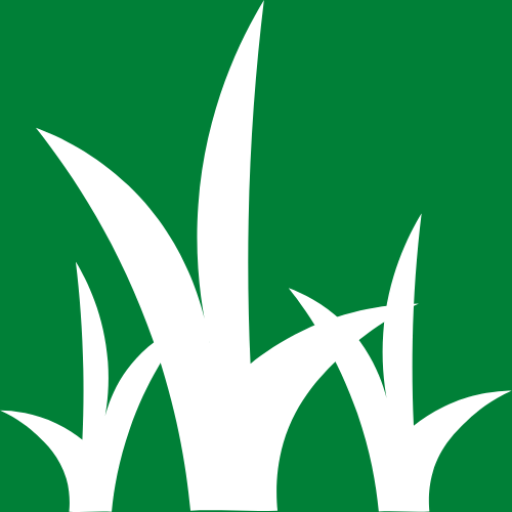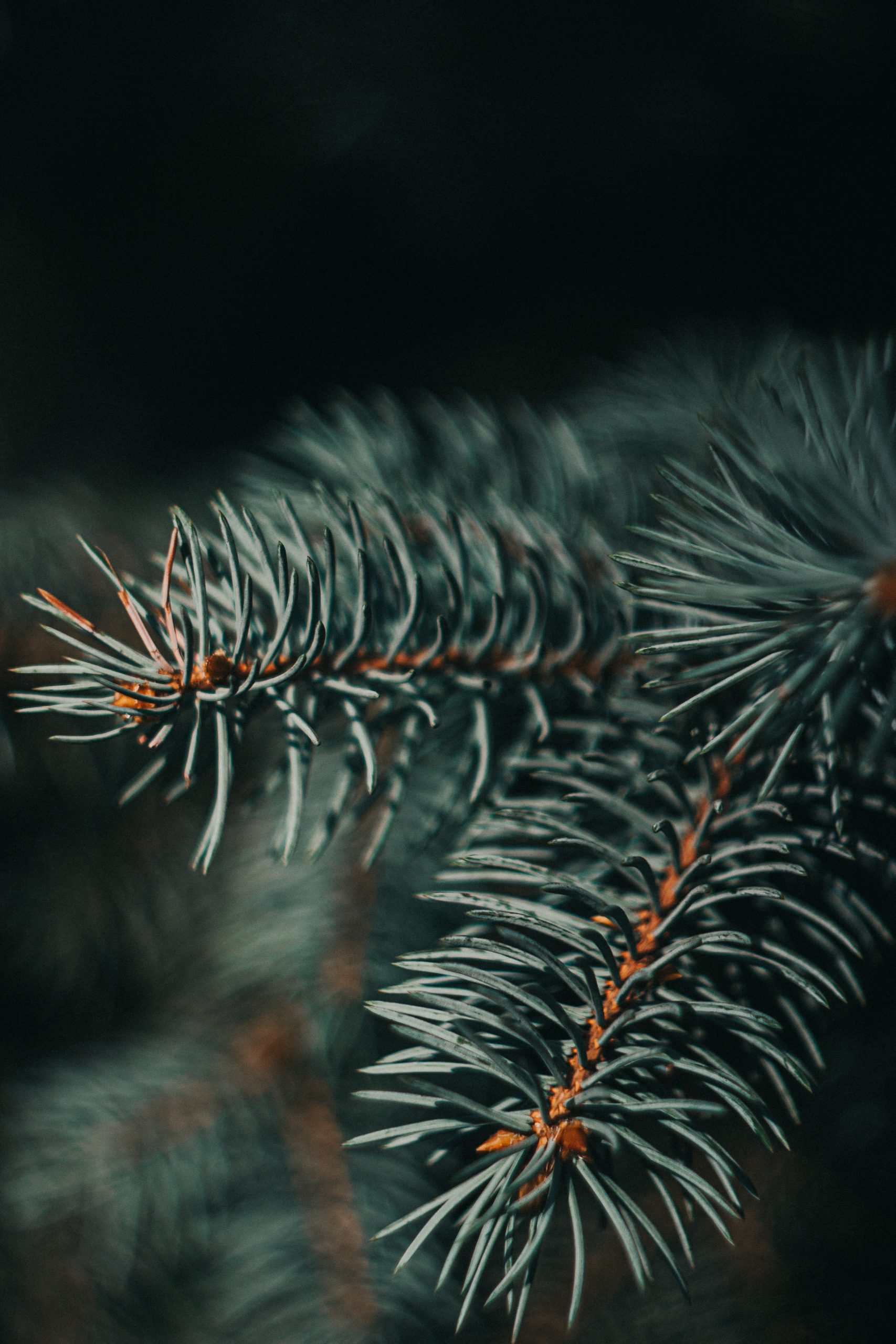If you live in a water-stressed location, you know better than anybody that one of the factors determining whether a tree survives or not is your capacity to provide it with adequate water. Unfortunately, many individuals do not consider this when purchasing a tree. They will simply choose the most attractive tree and then wish they could give it more water. You should be able to discover trees that can thrive with less water if you do some research before you go out and buy one.
Plants that are native to the area are usually the most adaptive. If you live in a water-stressed area, the only plants that survive are usually the ones that have always been there. This is due to the fact that they are accustomed to the surroundings and know how to live. Simply drive around your city’s undeveloped areas and look at which trees are green. Find out what their names are and buy them. They may not be the most visually appealing trees, but they rarely require any soil adjustments to grow.
The “Scotch Pine” is a tree that can grow practically anyplace without much water. It not only grows at a rapid rate of 20 or more inches per year, but it is also hardy and drought tolerant. It typically grows between 25 and 35 feet tall and is relatively simple to start. Most nurseries sell these trees, especially in locations with limited water supply. There are numerous options accessible. Many turn a yellowish brown tint during the colder months, which is why some people loathe them and others adore them. However, there are certain kinds that do not do this.
The Rocky Mountain Juniper is a tough and easy-to-grow tree. Its bark likewise turns browner in the winter and regenerates in the late spring. Because of their durability, they are widely utilized as windbreaks. These trees are also excellent for attracting many bird species to your yard. They make excellent nesting branches. Unfortunately, the Rocky Mountain Juniper does not grow as quickly as other tough plants in the same family. The average annual rainfall is less than 10 inches.
The Russian Olive is another another popular drought-resistant tree. This tree is stunning and will undoubtedly attract attention once fully grown. It is more attractive than the trees mentioned above and will reach a height of 20 to 25 feet when completely mature. They will grow in practically any soil and will attract birds with its fruit.
As you can see, if you have a limited supply of water, you have numerous possibilities. There are many more that I haven’t covered, and depending on where you live, you might be able to locate a more appealing selection. If you do a Google search for hardy plants that will thrive in your area, you should get a long list. If you can’t find that list, just go outside and look at what’s growing right now. That is the most accurate indicator of what you should purchase.

